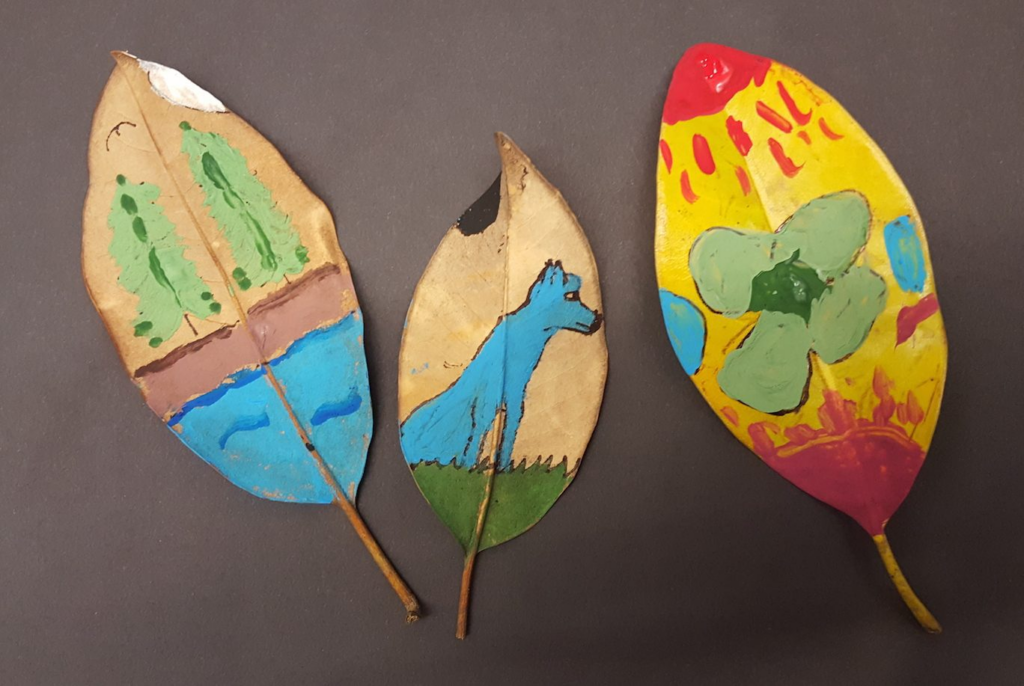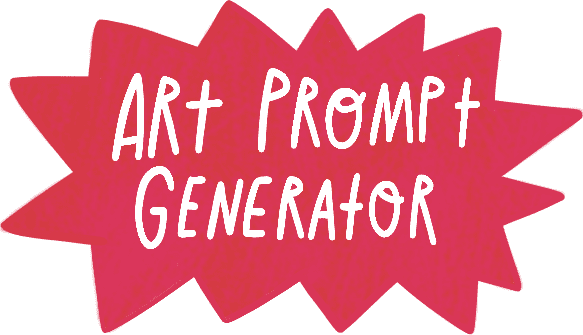
-
Pinterest

-
Pinterest
Art can come from unexpected places. Sometimes, the most beautiful creations are born from things we find around us, especially in nature. Art with Found objects is all about transforming everyday items—things we might overlook—into something meaningful. And when you bring nature into the process, the possibilities expand even further.
Creating art with found objects, especially those from nature, is a way to connect deeply with the environment while expressing your creativity. You don’t need fancy supplies or expensive materials. Instead, you let the earth guide you. Twigs, leaves, stones, shells—each one can become part of your creative masterpiece.
What Is Art with Found Objects?
Found object art refers to art made from objects that are not traditionally used in art. These objects are often things you find in your everyday environment—discarded items, natural elements, or things you stumble upon. The idea is to look at ordinary things with fresh eyes and transform them into something new.
It’s a beautiful way to celebrate creativity because it shows that anything can become art. When you add natural elements, you invite the beauty of the earth into your creative process. It’s a reminder that nature offers inspiration at every turn.
Why Create with Found Objects?

-
Pinterest
There’s something deeply fulfilling about creating art with found objects, especially when those objects come from nature. Here are a few reasons why this form of art is so rewarding:
1. It’s Accessible
Anyone can create found object art. You don’t need specialized skills or expensive materials. All you need is an open mind and a willingness to explore. You can start in your own backyard, at the beach, or even during a walk in the park.
2. It Fosters Connection to Nature
When you use natural materials like stones, leaves, or branches in your art, you deepen your connection to the earth. You start to see beauty in the smallest details—a cracked shell, a smooth pebble, or a vibrant leaf. This connection reminds us to slow down and appreciate the world around us.
3. It’s Eco-Friendly
Using found objects, especially natural ones, encourages sustainability. Instead of buying new art supplies, you’re repurposing items that would otherwise be discarded or left untouched. It’s a way to reduce waste and honor the natural world by giving new life to its elements.
4. It Encourages Creative Thinking
Found object art challenges you to think outside the box. How can a twig become part of a sculpture? What can you create with a handful of acorns? This kind of thinking stretches your creativity, making you see possibilities in the most ordinary things.
How to Get Started Creating Art with Found Objects

-
Pinterest
Creating art with found objects is an intuitive and personal process. There are no rules—you are free to experiment and play. Here’s a simple guide to help you get started:
1. Go on a Nature Walk
The first step is to immerse yourself in nature. Take a walk in the woods, along the beach, or through a local park. As you walk, keep an eye out for interesting objects. Look for things that catch your attention—maybe a smooth stone, a fallen leaf, or a piece of driftwood.
You don’t need to have a plan for what you’ll make yet. Just collect whatever inspires you. The beauty of found object art is that the materials often guide the process.
2. Gather Your Materials
Once you’ve collected your natural objects, bring them home and spread them out. Look at the shapes, textures, and colors of each piece. You might be drawn to the delicate veins of a leaf or the smooth surface of a shell.
In addition to your natural finds, you can incorporate other objects like fabric scraps, paper, or recycled materials. The goal is to let the materials inspire your creation.
3. Choose a Theme or Idea
Sometimes, the materials themselves will spark an idea. Other times, you might start with a theme in mind. Do you want to create a piece that reflects the changing seasons? Or perhaps something that captures the flow of water or the warmth of the sun? Let your intuition guide you.
Remember, there’s no right or wrong way to approach found object art. It’s all about letting the materials and your imagination come together naturally.
4. Experiment with Arrangements
Before gluing or attaching anything, play with different arrangements. Place the objects in different positions, layer them, and see how they interact with each other. A feather might look perfect resting on a stone, or a dried flower might add contrast to a piece of bark.
Take your time with this part. Found object art is about discovery. You might stumble upon something magical when you least expect it.
5. Start Creating
Once you’re happy with your arrangement, start assembling your piece. Depending on the objects you’re using, you might need glue, string, or other materials to hold things together. If you’re working with delicate items like leaves, be gentle and patient as you attach them.
Feel free to combine different techniques. You might glue, tie, or even stack objects. The joy of found object art is in its freedom—there are no rules, only possibilities.
Ideas for Found Object Art Projects
If you’re looking for inspiration, here are a few ideas to get you started with your found object art:
- Nature Collage: Use leaves, flowers, and small branches to create a textured collage. Layer them on a canvas or piece of cardboard for a natural, earthy look.
- Stone Sculpture: Arrange stones and pebbles into a balanced sculpture. Play with different shapes and sizes to create a harmonious piece.
- Driftwood Mobile: Collect pieces of driftwood and shells to create a hanging mobile. String them together with twine and let it catch the breeze in your home or garden.
- Leaf Mandala: Create a circular mandala using leaves, acorns, and flowers. Lay it out on the ground or use a board as a base for a more permanent piece.
More Related Posts:
- Discover the Joys of Mindful Eating
- Second Chances: How to Compassionately Face Our Mistakes
- Best Go-To Art Supplies for a Calm and Mindful Practice
Final Thoughts
Creating art with found objects, especially those from nature, is a deeply rewarding and mindful practice. It helps you connect with the environment, sparks your creativity, and reminds you of the beauty in the small things.
As you explore this process, remember that there’s no rush and no need for perfection. Found object art is about discovery, play, and honoring the world around you. So next time you go for a walk, take a moment to look around—you might just find the inspiration for your next masterpiece in the most unexpected places.

